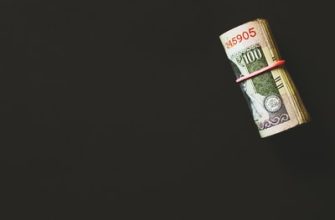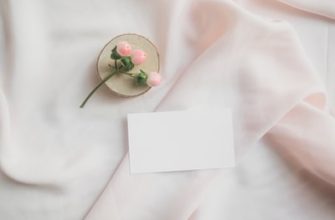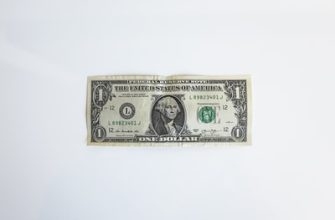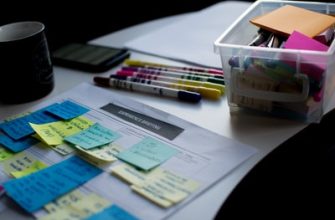
It’s hard to decide which type of trade show booth is right for your company. Because even the most well-designed booths won’t work without the perfect set of design tools, we’ve compiled a list of tips and hints for a trade show booth designer that can help you determine which design aspects are critical.
The three components of a booth that you must decide on before you start designing your display are the shape, function and appearance of your unit.
If you don’t have experience, we recommend hiring a design firm that specializes in trade show booth design. These firms already know what’s in and out of a design and can provide you with an initial layout that you can use as a basis for production.
However, it’s easy to get carried away with your ideas. If you’ve been designing displays for a while, you may be able to come up with a design that you would never imagine yourself accomplishing. If this is the case, take this to an experienced design firm to help assess whether your design is feasible for your booth size, turnaround time and market.
We also recommend doing a little bit of homework – not only for your booth’s function but for the competition as well. While there is usually a world of difference between a well-designed unit and an average one, it’s difficult to compete with a veteran design firm or to stay ahead of the competition if you don’t have a better booth.
Other parts such as product displays, graphics, lighting, literature, and even your exhibit floor itself can be overlooked if you’re a new entrepreneur or a well-established company that has never purchased a trade show booth before. These important components should be a part of the decision process, because they will be part of the display and marketing initiative.
The shape of your stand or display is one of the most critical components to your success. The collaboration between your customer input and your company’s creative input is what makes a display or booth truly unique.
If your booth is too large, it will be difficult to accommodate product information on a busy trade show floor, but a smaller display is more obvious. If it’s too small, it will give up space for customers to view and conveniently product.
The function of your trade show booth is always advertised as a way to highlight your company or products. Obviously, this is the point of having a trade show booth – to highlight what you’re selling, not, necessarily, showcase it. However, if your table top display is too visually obtrusive on top of a big, expensive display, this will hurt your company’s marketing and presentation.
If you’re selling a product, the information must flow easily from one person to another. If the product is glossy, then your booth may be too glossy that customers won’t be able to see the product. Keep in mind that no matter what you’re selling, the better your booth is designed, the more people will see it.
There may be other design aspects that are important. For instance, if you want to help certain clients make an impression or if there is more than one way to reach an audience, a setup that supports that goal or has visibility is essential.
More than any other aspect of your booth design must be taken into consideration, as there is no better product than a well-designed product. It stands to reason that a trade show booth must be designed to attract new clients and to show off the products you’re selling. In other words, your products should be the center of your booth design.












